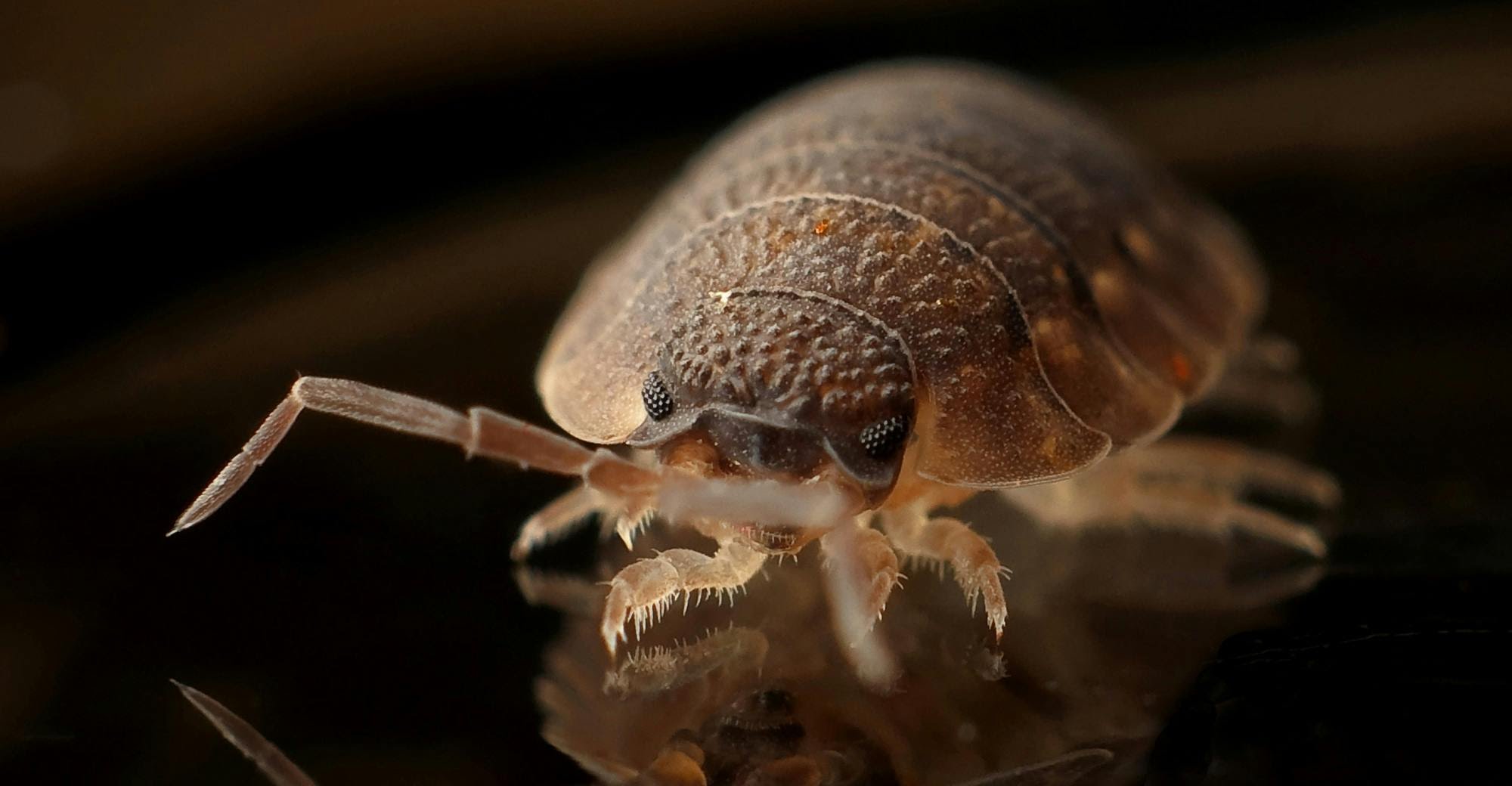Pest Control Overview: Basics, Suggestions, and Key Facts for a Healthy Living Space
Pest control refers to the practice of managing and preventing insects, rodents, and other organisms that negatively affect human health, property, and the environment. Pests such as termites, cockroaches, ants, and mosquitoes can damage structures, spread disease, and reduce the quality of life. The concept exists to create safe, healthy, and comfortable living environments by minimizing or eliminating these risks.
Historically, pest control methods were limited to physical barriers and natural remedies. Over time, scientific advancements introduced chemical, biological, and integrated approaches. Today, pest control exists as a balance between protecting human spaces and maintaining ecological sustainability.

Importance – Why Pest Control Matters Today
Pest control plays an essential role in protecting homes, public health, and food security. Without effective strategies, pests can spread illness, trigger allergies, and damage property.
Why it matters today:
-
Prevents transmission of diseases such as dengue, malaria, and foodborne infections.
-
Protects property from structural damage caused by termites and rodents.
-
Enhances quality of life by reducing stress and discomfort linked to infestations.
-
Supports agriculture and food storage by controlling crop-damaging insects.
Who is affected:
-
Families seeking healthier living environments.
-
Communities aiming to reduce mosquito-borne diseases.
-
Farmers protecting crops and food supplies.
-
Urban populations where dense living increases pest challenges.
Pest control solves key problems related to hygiene, safety, and long-term well-being.
Recent Updates – Trends and Developments (2024–2025)
Pest control is evolving with changing technologies and environmental concerns. The focus is shifting toward sustainable and health-conscious solutions.
-
Eco-friendly pest control – In 2024, demand increased for natural and non-toxic solutions using essential oils, biological predators, and eco-based repellents.
-
Smart monitoring devices – Sensors and IoT-based traps became popular in 2025, allowing real-time monitoring of pest activity.
-
Climate change impact – Warmer temperatures expanded mosquito habitats in several regions, making control more urgent.
-
Integrated pest management (IPM) – A balanced approach combining biological, physical, and chemical methods is increasingly recommended.
-
Public awareness campaigns – Governments and organizations expanded awareness programs on prevention and safe practices.
| Year | Trend | Impact |
|---|---|---|
| 2023 | Rise in IPM adoption | Reduced reliance on chemicals |
| 2024 | Eco-friendly methods | Safer for households and pets |
| 2024 | Smart monitoring tools | Data-driven pest management |
| 2025 | Climate change influence | Higher mosquito-related risks |
| 2025 | Health awareness | Stronger focus on prevention |
Laws or Policies Affecting Pest Control
Governments regulate pest control to ensure health and environmental safety. Policies vary by country but share common themes.
Chemical regulation
-
Use of pesticides is controlled by environmental agencies to prevent overuse and pollution.
-
Banned substances include those harmful to human health or ecosystems.
Health and safety standards
-
Guidelines protect residents from exposure to harmful chemicals.
-
Labels and instructions must provide clear warnings and safe usage directions.
Public health policies
-
Programs target mosquito control, especially in regions prone to malaria and dengue.
-
Food safety regulations ensure pest control in agriculture and storage facilities.
Environmental protection laws
-
Restrictions on pesticide runoff protect soil, air, and water resources.
-
Incentives encourage eco-friendly and sustainable pest management.
Tools and Resources for Pest Control
A range of tools and resources support effective pest control strategies for homes and communities.
Practical tools
-
Traps for rodents and insects.
-
Mosquito nets and repellents.
-
Smart devices for monitoring pest presence.
Educational resources
-
Public health websites offering prevention guidelines.
-
Online platforms sharing natural remedies and safe practices.
Digital tools
-
Mobile apps for pest identification and reporting.
-
Calculators for estimating risks in specific climates.
Government and community programs
-
Local campaigns promoting hygiene and cleanliness.
-
Online portals sharing data on regional pest outbreaks.
| Category | Examples |
| Physical Tools | Traps, nets, repellents |
| Digital Apps | Pest ID apps, monitoring tools |
| Learning Resources | CDC, WHO, local health portals |
| Community Programs | Cleanliness drives, awareness campaigns |
FAQs About Pest Control
What is the safest method of pest control at home?
Natural solutions such as essential oils, traps, and maintaining cleanliness are considered safe. Integrated methods are also effective while reducing chemical exposure.
Can climate change increase pest problems?
Yes, rising temperatures and shifting weather patterns expand habitats for pests like mosquitoes and termites.
Are eco-friendly pest control methods effective?
Yes, while they may act slower than chemical methods, eco-friendly approaches are effective for prevention and long-term management.
How often should pest control measures be applied?
Frequency depends on the pest type and severity. Preventive measures should be continuous, while targeted treatments may be seasonal or annual.
What role do communities play in pest control?
Community participation ensures broader prevention, such as reducing mosquito breeding sites and maintaining public cleanliness.
Conclusion
Pest control is an essential component of healthy living and environmental balance. It protects homes, communities, and food systems from the harmful effects of pests while promoting hygiene and safety. With recent trends highlighting eco-friendly methods, smart monitoring, and integrated approaches, pest control is becoming more sustainable. By staying informed about laws, tools, and resources, individuals and communities can take practical steps toward creating pest-free, healthier spaces.